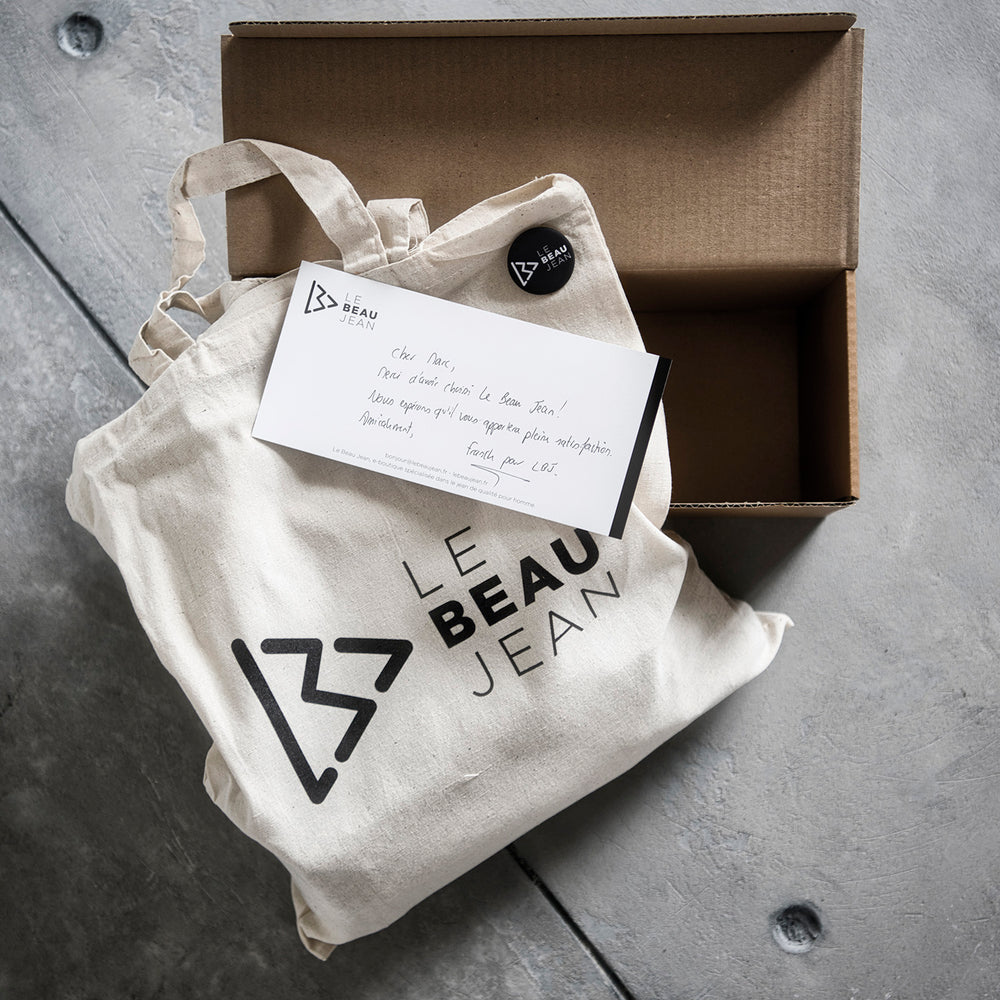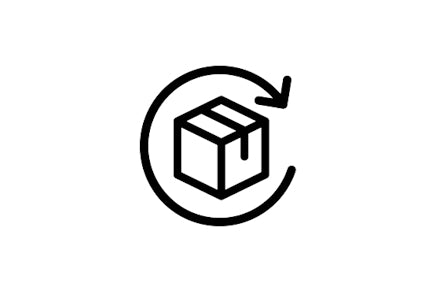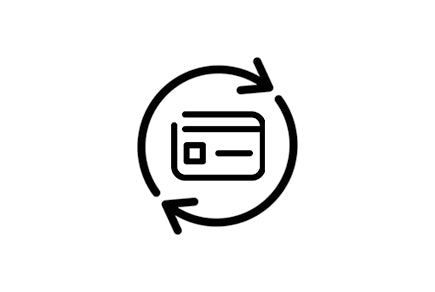The rest of the cotton story
Here we are again! Last time, we talked about cotton growing . And you're wondering, after the cotton harvest , what do we do? So, here are some simplified explanations.

Once the cotton is harvested, it is spun
To put it simply, after cleaning, this is the moment when the cotton fibers are transformed into thread (hence the name spinning ). The fibers are carded / combed to make them parallel, then, by a twisting system, the threads are obtained. These are then gathered in the form of large reels.

Generally, for jeans, the warp thread is blue and the weft is white. The threads intended for the warp will therefore be dyed with indigo .
Originally extracted from plants, indigo is the only dye capable of giving this very particular blue color to our jeans.
Today, it is mostly synthesized due to the cost and large volumes required. However, technologies are evolving to make its manufacturing and processing less and less polluting. It should be noted that 95% of the synthetic indigo produced each year is used to dye nearly 4 billion denim garments.
Natural indigo made from real plants has been making a comeback lately, and yet, a more responsible synthetic indigo alternative is being studied using an artificial strain of E. coli bacteria . The process is a bit complicated to explain, so if you want more info, click on the link 🤓.
And now, what do we do with the wires?
Weaving is the step that crosses the threads (warp and weft) to make denim. The weaving method is a "Twill" weave (giving a diagonal effect to the fabric). In schematic form, it looks like this ↓

And in reality it looks like this ↓


Then we carry out the finishing
Finishing includes the treatments that make the fabric suitable for making. This is when the material is cleaned , stabilized and softened.
Tests (weight, tear, shrinkage, pH acidity, etc.) ensure the fabric's conformity and chemical neutrality . In short, we'll make sure the fabric doesn't shrink and doesn't give you allergies! 🤧
This step allows us to give a certain feel and particular characteristics to the material before transforming it into jeans.
Finishing is water- and chemical-intensive. It should be noted that the industry is subject to the REACH standard, which controls the use of chemical substances in the European Union.
Several products and dyes are banned in order to protect human health and the environment . Textile industries are working to reduce their impact by using degradable or at least neutralizable products.
Factories are increasingly seeking to optimize water consumption. Many treat and recycle their used water , achieving a recovery rate of 90 to 95% in the process. In fact, the treatments are sometimes so effective that the water leaving the factory is drinkable.


So, the fabric is ready! It's time to turn it into a garment through tailoring. But be patient, we'll tell you all about that in the next episode !
See you soon and in the meantime we remain at your disposal at bonjour@lebeaujean.fr









